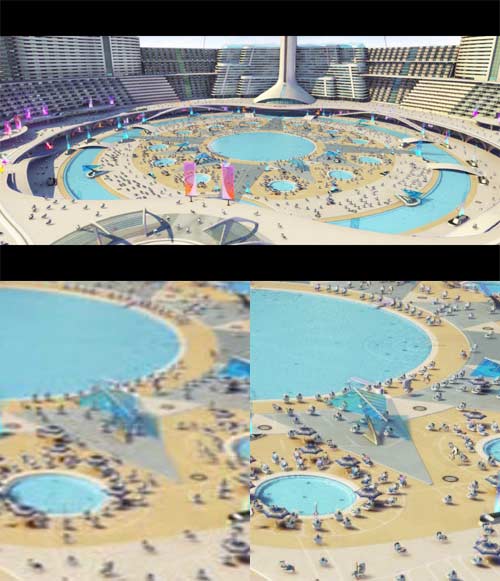On lots of Internet forums there is discussion about suitable cables for home theatre. In particular, people frequently ask about HDMI 1.3 cables. The problem is, despite labels on some cables, their capabilities aren’t as clear cut as simple versions would suggest.
The wiring of all HDMI cables is identical. Different HDMI versions don’t have a different number of conductors in the cables, or different pin arrangements. The only thing that you need to pay attention to is whether the cable will carry the necessary bandwidth.
HDMI 1.3 does indeed bump up the bandwidth requirements from 165MHz to 340MHz, or 4.95Gbps to 10.2Gbps. So if you want your cable to handle everything that HDMI 1.3 or later may throw your way in the future, get a cable labelled ‘High Speed’ or ‘HDMI 1.3’.
Meanwhile, back in the real world, what does HDMI 1.3 mean in the home theatre context? There is only one thing that HDMI 1.3 added that would increase bandwidth over earlier versions for currently existing systems, and for systems likely to exist in the near future: ‘Deep Color’ support. HDMI 1.0 to 1.2a support up to 24 bit colour, HDMI 1.3 and later support 48 bit colour. Some current Blu-ray players (and the PS3) support 36 bit colour. That could add some demands to the video bandwidth required of a cable.
But if it causes problems, go into your Blu-ray player’s menu and switch off ‘Deep Color’ support. Because Blu-ray discs do not support ‘Deep Color’! (Note, the PS3 does with compatible games.) So there is no need for Deep Color with a Blu-ray player.
HDMI 1.3 adds higher resolutions, including 2,560 by 1,600 pixels. Nice, but nothing to do with home theatre. The highest bandwidth video available from a Blu-ray player is 1080p60, and that was supported way back with HDMI 1.0.
HDMI 1.3 also added bitstream support for Dolby TrueHD and DTS-HD Master Audio. Guess what: the maximum audio bandwidth for all versions of HDMI, including 1.3, remains the same. Because even HDMI 1.0 supported 8 channels of 192kHz, 24 bit LPCM. All forms of TrueHD and DTS-HD make significantly lower demands on bandwidth than that (they are compressed formats that typically require about half the dataspace of the LPCM streams that they carry). The change to allow these formats had nothing to do with bandwidth, but with the electronics at either end of the cable recognising these formats and dealing with them appropriately. Same as when DSD bitstream support was introduced in HDMI 1.2, and DVD Audio support in HDMI 1.1.
So, to summarise, if you have a cable that properly supports HDMI 1.0, it will properly support HDMI 1.3 as experienced in the real world of home theatre. Conversely, if you have one that doesn’t work with HDMI 1.3, then the cable is defective and probably won’t work with some material as transported by HDMI 1.0. The only division between the two could be if you have 36 bit colour switched on in your Blu-ray player.
As always, you should be aware of quality and brand reputation. Over two years ago I found that one of my cables wouldn’t even support the full HDMI specification. It carried 1080i video fine, but fell apart with 1080p. So choose carefully, but looking specifically for ‘HDMI 1.3’ isn’t the way to do it.

